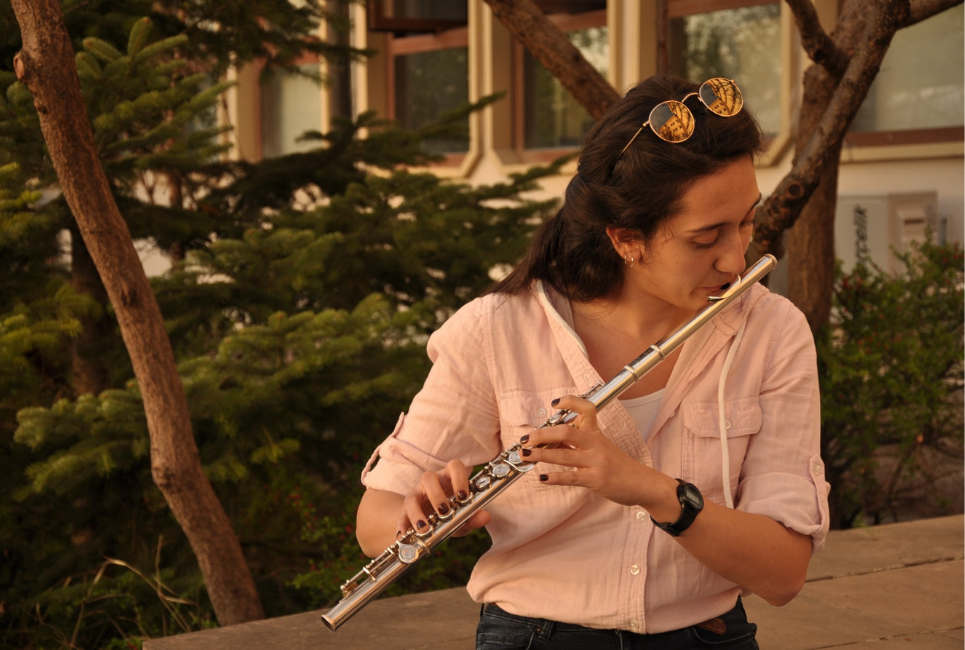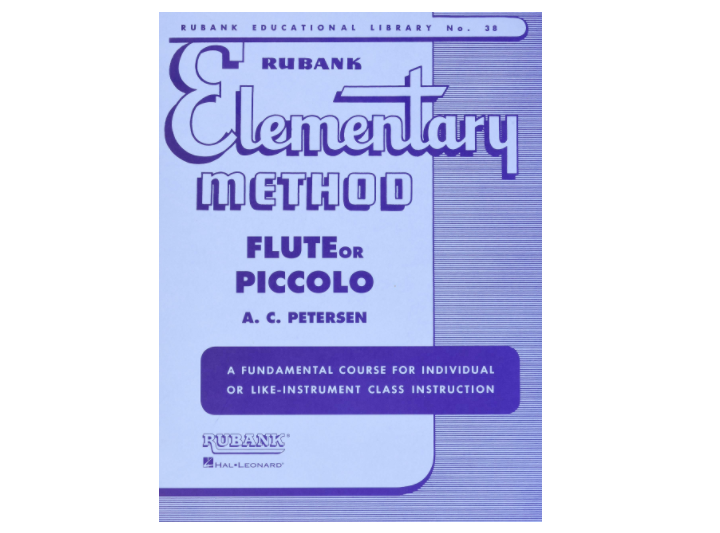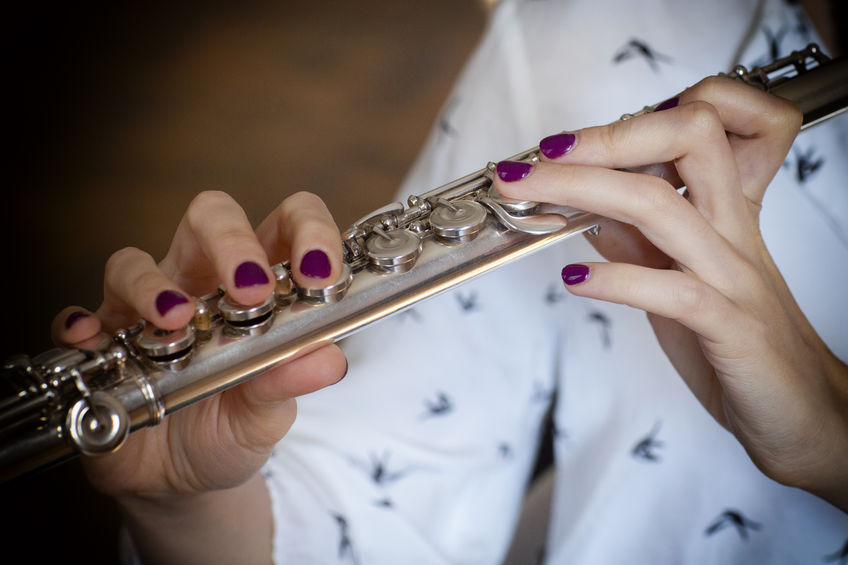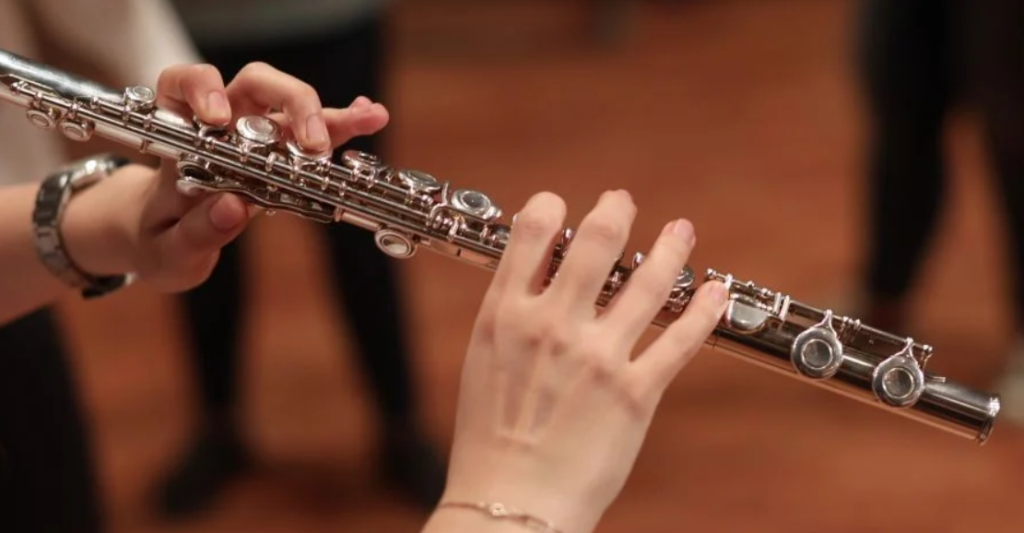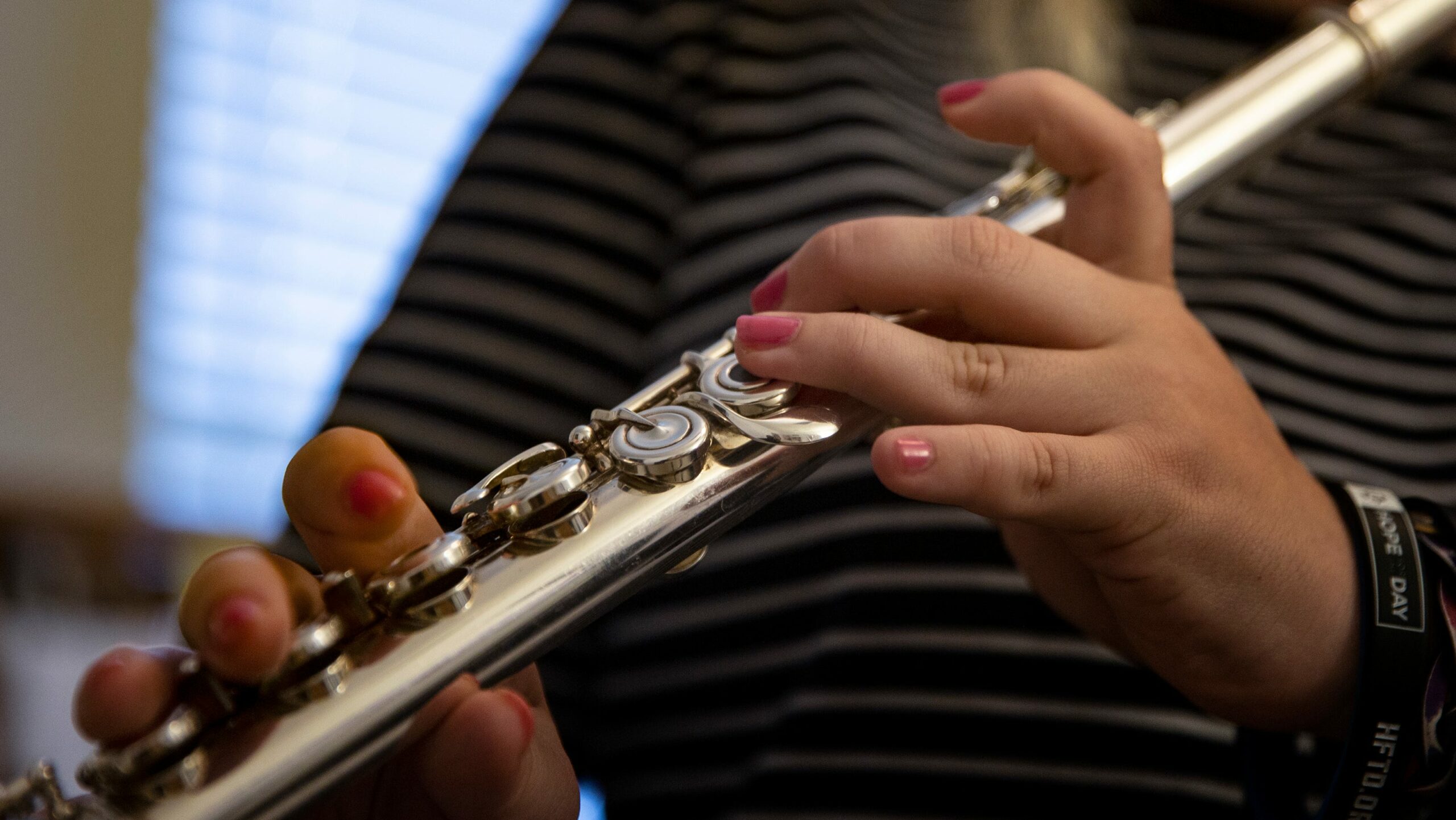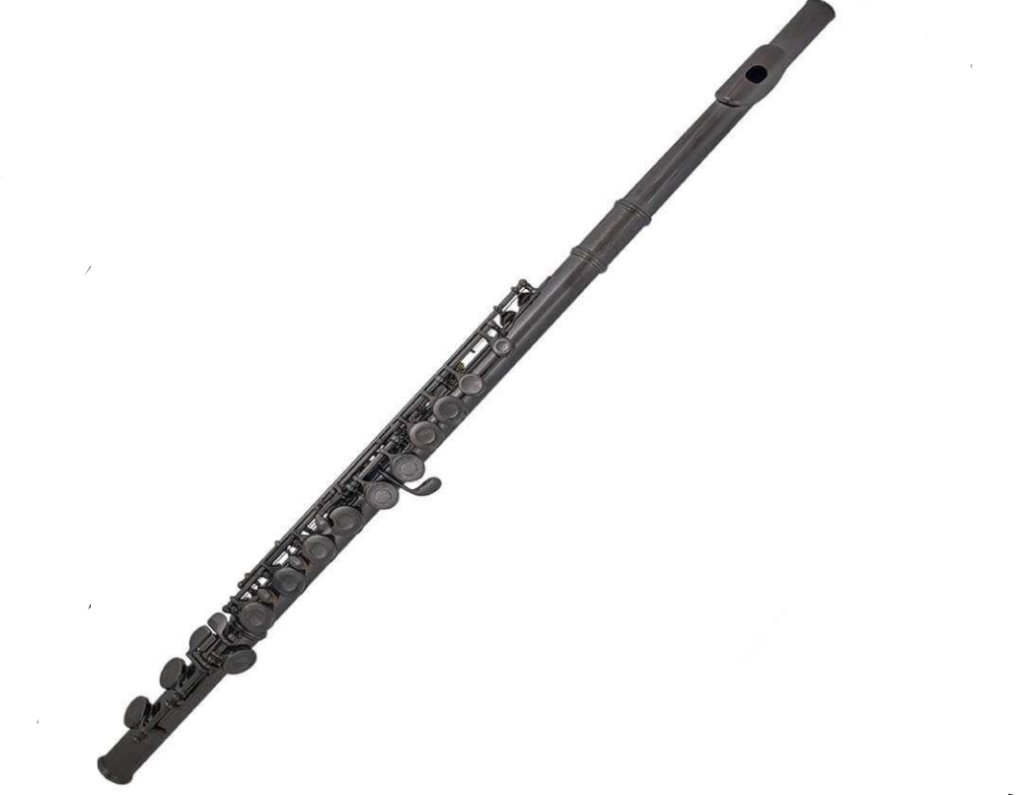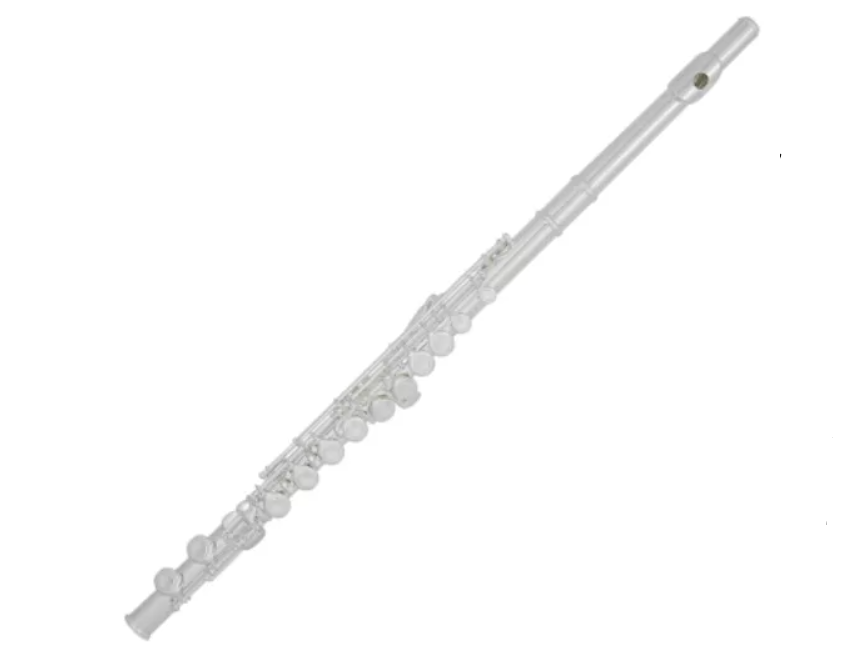- How to Find the Best Sopranino Saxophone - May 31, 2022
- How to Find the Best Contrabass Saxophone - May 30, 2022
- Trumpet Range Guide: Understanding The Entire Trumpet Range - May 19, 2022
Do you want to play in a symphony? How about in a jazz or rock band? If you want a small, versatile instrument, you should consider learning how to play the flute.
You can hear the flute in a lot of different settings, so you can play the music you want. Then, you’ll be able to motivate yourself to practice because you’ll look forward to playing music you love.
How To Play The Flute
Whether you’re new to music or just the flute, you need to know how to play the flute. Now, it can take a while to get a consistent sound and learn to play complex pieces.
However, you can start learning the basics as soon as you get a flute. That way, you’ll want to continue playing and learning, and you can improve over time.
Here are some things you can do to set yourself up for success as you start to play the flute.
Practice The Embouchure
The flute embouchure is unique in that you aren’t blowing against something. Reed players blow into two reeds or a reed and a mouthpiece. Brass players blow into the middle of a metal mouthpiece.
But flute players blow across an open hole to get a sound. That means you need to know how to direct your air to get the sound and note that you want.
Before you get a flute, you can practice blowing across a soda bottle. Once you get a flute, practice with just the headjoint, which has the hole you’ll blow into.
Follow A Flute Method Book
As you start to learn the flute, you need some direction on what notes and concepts to learn first. That way, you can keep yourself on track, and you won’t go too fast and stress yourself out.
The Rubank Elementary Method is an affordable option that takes you from the beginning to a decent playing level. If you want some exercises to use with the mouthpiece, you can check out Flute 101.
Even if you don’t have access to flute lessons, a book can guide you through written lessons. That way, you can learn the proper way to play the notes on the flute.
Learn The Correct Fingerings
Learning the correct fingerings sounds obvious because it’s how you play the flute. However, it can be easy to play incorrect fingerings and still get some sort of sound.
The most common mistake new flute players make is leaving their left-hand first finger down on the notes D and D#/Eb in the second octave. You need to vent that key to get a clear sound.
Players coming to the flute from the clarinet or saxophone can also accidentally use the right-hand second finger to play F#. On the flute, you need to use the third finger.
Take It Slowly
As you learn how to play the flute, you should go as slowly as you need to make good progress. Some people can learn new concepts and notes faster than others, so try not to compare yourself.
If you need to review a specific fingering or a musical concept, take the time to do so. Unless you’re in a group band class, you can learn at your own pace.
Even in a group, a good band director will understand that some students need more time to learn things. Give yourself time to learn new things so that you don’t overwhelm yourself in the process.
Be Consistent
Another benefit of learning the flute slowly is that you can be consistent with your studies. You’ll need to put in a lot of work to reach a high level of flute playing, and that can take months, if not years.
I know that sounds intense, but you don’t need to play for hours a day to make progress. Try to play for 10 to 20 minutes a day, and give yourself a day off when you need it.
Practicing less and doing so every day is going to be better than practicing a lot a couple of days a week. You may not retain what you learned, and you could give yourself a repetitive stress injury if you play for too long too soon.
Find A Music Group
One of the best places to learn how to play the flute is with other musicians. If you’re a student or have access to another beginner band or orchestra, consider if you can join.
You can use the group to encourage you to practice, and you can ask the director for help with particular techniques. Other flute players can also answer some of your questions and give you tips to improve.
If you can’t find a group that accepts beginners, you can keep learning on your own. Eventually, you’ll reach a level where you can join a group to provide accountability and motivation.
Take Some Lessons
Taking weekly private lessons isn’t always an option due to finances or busy schedules. But try to take at least a few private flute lessons if you can.
A private teacher can work with you on the fundamentals of playing, and they can suggest materials that work with your learning style. And they can make sure you learn good habits regarding posture and fingerings.
That way, you won’t have to spend time unlearning those habits and replacing them with better habits. Try to take at least three or four lessons to start, and then you’ll have the resources you need to keep teaching yourself.
Keep Improving
At the beginning of learning how to play the flute, you may experience a lot of frustration. However, try not to quit unless you really don’t like playing.
After some consistent practice and a few lessons, you’ll hit a breakthrough in your playing. Then, you won’t have to work as hard to learn new concepts and pieces, and it will get easier.
Once that happens, you can learn any type of music or piece you like. You don’t have to play classical if that’s not something you care about.
Try Other Flutes
As you advance, you might decide to learn about other members of the flute family. If you like playing high notes, you might choose to learn how to play the piccolo.
Or if you like the low range, you may decide to learn to play the alto or bass flute. Someone who loves Baroque music can play the traverso, which is a replica of flutes from that period.
You don’t have to learn other flutes to be a good flute player, so don’t force yourself to learn another instrument. But know that it’s an option if you want to expand your skillset and access a new repertoire.
Of course, you can also try flutes from a different brand than the model you start with. Some players prefer the sound of American-made flutes while others like the sound of Japanese brands.
Focus On Your Interests
The flute is such a versatile instrument that there’s something for everyone. If you don’t want to play classical music, don’t force yourself to learn the Bach sonatas or Mozart concertos.
Instead, figure out what music you do like to play. Maybe you like pop music, so you buy the sheet music for the latest pop tunes, and you play the vocal line on your flute.
Or perhaps you like Irish music, so you get an Irish flute or tin whistle and focus on that. You can make your flute playing and learning experience your own, which can help motivate you to play when you don’t want to.
Do What Helps You Play
In addition to your interests, you can do a lot to make playing the flute more comfortable. I know some people use gadgets like the Thumbport, which helps support your thumb and can make balancing the flute easier.
And every flutist has a unique embouchure, so you don’t have to place the flute in the center. Experiment with the placement that allows you to get a solid, consistent sound. Personally, I play slightly off to the right because of my cupid’s bow.
You can also mess around with how you align the headjoint and body. That way, you can use the Rockstro method or another position that reduces or eliminates the pain you may experience while playing.
I’ve changed how I align my headjoint so that my left-hand feels more comfortable. And I have played with more or less pressure against my lips, which can also affect how I sound.
Benefits of Playing The Flute
When learning how to play the flute, you should consider some of the benefits. The flute is one of the oldest instruments, and it’s a popular choice for players today.
As you learn the flute, you will be able to take advantage of these things when you play and even when you take a practice break. If you’re still unsure about learning the flute, maybe these pros will convince you.
Improves Discipline
One advantage of playing any musical instrument is that it can help you practice discipline. To learn the flute and play it well, you need to have discipline so that you keep practicing.
You can use the discipline you develop as a musician for other areas of life. If you struggle to be productive or stick to a schedule, learning the flute might help.
While you can rely on motivation to practice occasionally, you may not always have that. So you have to have discipline in order to practice each day.
Work On Coordination
Playing the flute requires you to coordinate your fingers, air, and even your eyes when reading music. You need to be able to keep your air going as you change notes, and you sometimes need to stop and start the air as you play.
All of this takes coordination, especially since you can’t see your fingers as clearly. Since you play the flute off to the side, you can’t always look at your fingerings, so you’ll need to focus on how they feel.
As with learning discipline, improving your coordination can help you when you don’t have the flute. You may find it easier to type or do other activities that involve your fingers.
Strengthen Your Core
When playing the flute, you may not feel much of a difference with your core. However, you need to engage those muscles to get a good, full sound on the instrument.
If I’m having trouble getting a good sound, I’ll stand on one foot to force myself to “wake up” those core muscles. Sometimes, that’s all I need to do to get a better sound, and my core will help.
Unless you also work on your core in other ways, you may not have the strongest core as a beginner. But the more you play the flute, the more you can give your abs a workout.
Helps With Breathing
Of course, you have to be able to breathe and control your breath when playing the flute. Sometimes, you have long phrases, so you need to take a deep breath before you play the first note so that you can play all of the notes well.
As you learn to breathe deeply to play the flute, you can use those concepts outside of music. If you ever feel like you can’t breathe, you can try deep breathing to calm down and get some fresh air.
You may not be able to hold your breath that long when you start to play the flute. But after a bit of consistent practice, you might be able to hold your breath for much longer, and you can keep working on that.
Small And Portable
The flute is one of the smallest instruments, so you can take it with you almost anywhere. If you have a big enough backpack, you can even put your flute case in the bag.
I’ve taken flutes on planes before, and they fit in the cabin, so I don’t have to check them and worry about damage during transit. Plus, I don’t have to carry a huge load when I go to a rehearsal or performance.
While instruments like the cello and tuba look and sound amazing, they’re massive. You can’t put them in a bag or store them under your seat on a plane.
Versatility
You can play the flute in many different scenarios, from solo to in big ensembles, like concert bands and orchestras. In recent years, flute choirs have also been gaining popularity, and they’re like an orchestra of just flutes.
Some flute players even focus on playing jazz music, and you can play the trumpet part or a separate flute part, depending on the piece. If you want to learn a lot of different types of music, the flute an excellent choice.
And there are multiple types of flutes out there, so you don’t have to learn one instrument. You can learn the piccolo, alto flute, or even the Baroque traverso.
Best Flutes To Learn On
One of the most critical steps in how to play the flute is choosing the right flute for you. If you combine flutes at all levels from beginner to professional, there are probably close to 100 makers, big and small.
Now, that can make it hard to find the right flute for you. But that also increases your chances of being able to find a flute that works with you and your playing style.
As a beginner, you don’t need to search through dozens of flute companies. Instead, consider some of the following models to start playing with a good instrument.
Yamaha YFL-222
The Yamaha YFL-222 is one of the most common and trustworthy beginner model flutes. Yamaha makes tons of great instruments, and their flutes are fantastic for players of all levels.
This beginner model features silver plating throughout the instrument, which helps bring the cost down. It also has closed hole keys, so you don’t need to place your fingers in the exact spot to close the keys.
You can get a good sound on this instrument as a new flute player, and the instrument is durable. It should last you quite a while, and you can put it through a lot as you learn to play.
Pros
- Great for beginners
- Easy to play
- Good quality
Cons
- Possibility for counterfeit instruments
Yamaha YFL-322
If you want something a little “better” than the other Yamaha, consider the YFL-322 model. This flute has many of the same features as the other one, but this one comes with a solid sterling silver head joint.
The extra silver can help make the instrument sound a bit warmer, and the headjoint is the most important place to have this change. While the body is almost identical to the 222, the 322 is a bit more of an upgrade.
Beginners with no prior playing experience may not need this model. However, it’s a suitable choice for players returning to the flute as well as students looking for an affordable upgrade.
Pros
- Versatile
- Easy to play
- Beginner to intermediate
Cons
- A little expensive for new players
Jupiter JFL710A
The Jupiter JFL710A is another amazing model for beginner flute players. It features a silver-plated head joint and body, which makes the instrument durable with a good sound.
You get closed hole keys, so you can learn more notes more quickly, and you don’t have to place your fingerings in one specific spot. Like most beginner flutes, this one has an offset G, which makes the reach more comfortable for your left-hand ring finger.
This model is a great choice for players of all ages who need something ergonomic and easy to play. You can use this instrument for a long time until you decide to upgrade.
Pros
- Durable
- Easy to play
- Great for beginners
Cons
- Somewhat pricey
Pearl 525
Like the Yamaha YFL-322, the Pearl 525 is a cross between a beginner and intermediate model. This flute has a silver-plated body and headjoint, but the lip plate and embouchure plate use solid silver to help warm the sound.
You also get a B footjoint, which can play a half-step lower than most student flutes with a C foot joint. And the flute has a split-E mechanism that makes playing the third-octave E less difficult.
Plus, the Pearl uses open holes to help reinforce your hand position, though that can be hard for beginners. If you know you want to play the flute for a while but don’t want to upgrade, this model will serve you well.
Pros
- Great for advancing students
- Excellent features
- Sounds good
Cons
- Not the best for absolute beginners
Gemeinhardt 2BLK
The Gemeinhardt 2BLK flute offers a unique look and sound, so it’s worth trying. It’s a nice alternative for people who are sensitive to silver but still want an affordable instrument.
This model uses black nickel coating on the body and headjoint, and the nickel looks and sounds good. You can focus on other parts of your playing than where your fingers go thanks to the closed hole keys.
If you’re on a budget, you can also get this instrument for much less than some options. Gemeinhardt is a common beginner flute brand, so you can’t go wrong with any of the models.
Pros
- Looks and sounds good
- Great for small budgets
- Easy to play
Cons
- Doesn’t have the standard look of silver
Joanna from JustAnotherFlutist did a whole review of this flute and compared it to another beginner option.
Di Zhao 300
The Di Zhao 300 is yet another flute that combines beginner and intermediate features. This model uses silver plating on the body and headjoint, but the riser (where you blow) is solid silver.
It also has open hole keys and a B footjoint, so you probably won’t grow out of this flute for a while. You can easily get a full sound on this instrument, which makes it suitable for some serious beginners.
Now, this model is a bit more expensive than some beginner flutes. However, you get an amazing value, and you can use this flute to play a lot of different music.
Pros
- Great for beginners and intermediate players
- Easy to play
- Sounds fantastic
Cons
- Not the most affordable
Trevor James 10XC
Another amazing flute for beginners is the Trevor James 10XC. This model has all of the same features as models like the Yamaha YFL-222 and the Jupiter JFL710A. However, the craftsmanship is great, and this flute will last you a while.
If you don’t want to have open holes or other intermediate features, go with the Trevor James. And if you can’t quite reach the keys, consider the 10XC2, which has a curved headjoint to bring the flute closer to you.
I used this flute through the first half of college, and it offered an excellent sound. Unfortunately, it’s a bit more expensive than other flutes with the same features, but the extra cost is worth it.
Pros
- Great for beginners
- Easy to play
- Fantastic value
Cons
- A little expensive
FAQs About How To Play The Flute
Answer: The difficulty of learning the flute depends on many factors. I found the flute easy to learn, but I had been playing the saxophone (another woodwind) for a couple of years before picking up the flute. So I already knew a lot of the fingerings.
If you’re coming from a brass instrument, string instrument, or piano, the flute might be harder. You might be able to read music, but learning the fingerings and how to blow air is hard.
Someone with no prior musical experience might also struggle with learning how to read music. But don’t let your background keep you from learning how to play the flute if it interests you.
Answer: This depends on the person and their background. A cello player might find the violin is easier to learn than the flute. But a clarinet player might learn the flute more easily than the violin.
Overall, the violin requires more precision since there aren’t any frets to guide you. On the flute, you have keys that help you play the right note, so there’s not as much of a chance of playing the wrong pitches.
Violin players also have to play up to four notes at a time, while most flute music only has one note at a time. That can make learning flute music a lot easier.
Answer: You can play a lot of violin pieces on the flute since they have a very similar range. Before starting to learn a violin piece, make sure it doesn’t go too low because the violin can play down to a G, and the flute only goes down to a B or C.
On the other hand, the violin can play a bit higher than the flute. The highest note of the flute’s standard range is a D, but the violin can play up to the A above that.
Fortunately, some prominent flute players like Jasmine Choi and Marina Piccinini have arranged violin pieces for the flute. If you buy their arrangements, you won’t have to worry about the range.
Answer: Open and closed-hole flutes each offer pros and cons. Closed hole flutes are good for beginners who want to focus on their embouchure and on reading music.
An open-hole flute is great for learning how to place your fingers because you won’t get a sound if your fingers don’t cover the holes. You can also use an open hole flute to play certain extended techniques, like microtones.
Answer: As you learn how to play the flute, you may outgrow your current instrument. If you can’t get the right sound you want or you struggle to play fast notes, it’s probably time to upgrade.
Before buying a new flute, take your current one in for maintenance. Sometimes, all you need is a little tune-up for your flute to sound good, but it can also prove that you’re ready for a new instrument.
Answer: You should learn to play the piccolo or another type of flute when you have a good foundation of playing the flute. Some players learn the piccolo after only six months, others never learn it or wait years. I waited about two and a half years.
If you still have a hard time getting a consistent sound on the flute, you don’t want to add another instrument to the mix. Use this time to refine your flute playing, and you may be ready to try the piccolo or alto flute in the next year.
Answer: You can learn to play the flute on your own, but you will need a lot more motivation and discipline. When you have a teacher, they can provide that motivation by giving you things to practice each week.
If you don’t have a teacher, it will be up to you to use a method book or a set of written lessons. That way, you’ll always have something new to learn.
Final Note On How To Play The Flute
Learning how to play the flute can be an excellent way to practice discipline and improve your breathing. Whether you want to play for fun or turn it into a career, you should use a good method book and perhaps get a teacher.
That way, you’ll know what to learn and when, and you can avoid developing bad habits. A good flute, like a Yamaha or Trevor James, is another necessity to make sure you’re successful on the flute.
Interested in more readings? Check out:

